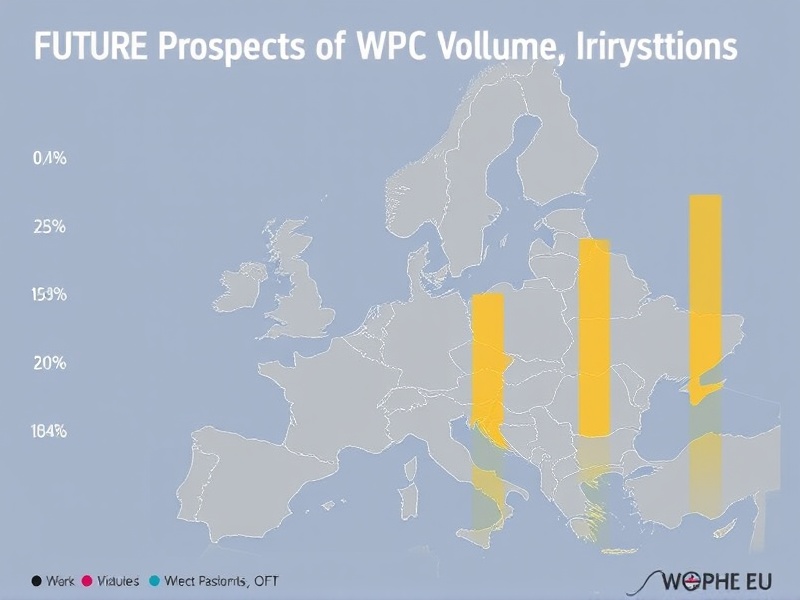Our Location
304 North Cardinal St.
Dorchester Center, MA 02124

The Wood-Plastic Composite (WPC) market in the European Union is experiencing a significant shift as consumers and industries increasingly embrace sustainable building materials. This article delves into the forecasted trajectory of WPC volume growth in the EU, discusses upcoming technological innovations in WPC manufacturing, evaluates the role of changing policies and regulations, and explores shifts in consumer behavior towards sustainable materials. By examining these factors, we can gain a comprehensive understanding of the future prospects for WPC in the EU.
According to recent market analyses, the volume of WPC in the EU is expected to grow at a compound annual growth rate (CAGR) of around 8% over the next five years. This growth is driven by several key factors including stricter environmental regulations, increased consumer awareness, and the development of innovative manufacturing techniques. As urbanization continues to rise, there is an increasing demand for durable, eco-friendly construction materials that meet high standards of sustainability. The rising trend in the use of WPC in residential and commercial buildings underscores this demand.
Technological advancements are playing a pivotal role in enhancing the performance and reducing the cost of WPC products. Innovations such as the integration of nanotechnology for improved durability and resistance to moisture have significantly expanded the applications of WPC. Additionally, new processes like co-extrusion are allowing manufacturers to produce WPC with enhanced surface properties, making them more aesthetically appealing while retaining their ecological benefits. These technological leaps are anticipated to further drive the adoption of WPC in the EU market.
Changing policies and stringent regulations regarding carbon emissions and waste management are steering the construction industry towards sustainable solutions. The EU’s commitment to achieving climate neutrality by 2050 has led to the introduction of various directives aimed at promoting green technologies. For instance, the European Green Deal emphasizes the need for sustainable building practices, which directly supports the expansion of the WPC market. Compliance with these regulations not only ensures environmental sustainability but also opens up new opportunities for innovation and investment in WPC technology.
Consumer behavior is undergoing a profound transformation towards sustainable living. There is a growing preference for eco-friendly materials that reduce environmental impact without compromising on quality or aesthetics. This shift is particularly evident among younger demographics who prioritize sustainability in their purchasing decisions. As a result, companies are responding by offering a wider range of WPC products tailored to meet these demands. Marketing campaigns highlighting the long-term benefits and eco-friendliness of WPC are also contributing to its growing popularity.
In summary, the future prospects of WPC volume growth in the EU are promising, driven by technological advancements, supportive policies, and evolving consumer preferences. As the market continues to mature, it is essential for stakeholders to stay informed about emerging trends and regulatory changes to capitalize on this growing opportunity. With ongoing innovations and increasing environmental consciousness, WPC stands poised to become a cornerstone material in the sustainable construction sector.
Future Trends in Wood Plastic Composites Market Growth and Challenges in the EU